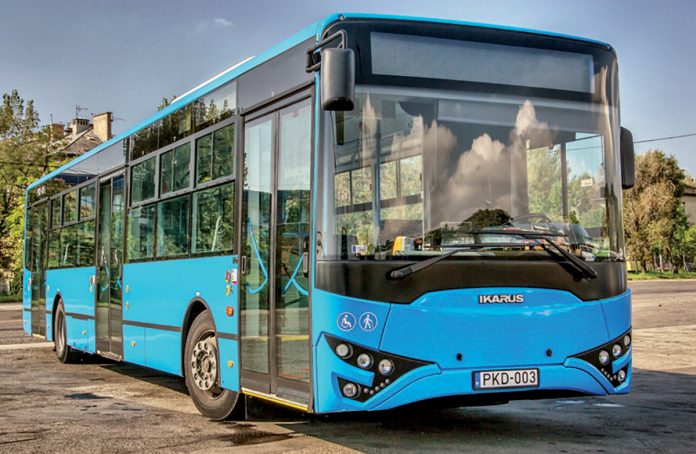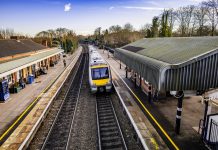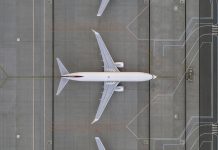With funding from the Connecting Europe Facility, the PAN-LNG Project is developing a Trans-European transport infrastructure, starting in Hungary
MGKKE, the Hungarian NGV Association, developed the PAN-LNG Project for the liquefied natural gas (LNG) fuelling infrastructure, which has been selected in 2015 for co-finance by the INEA under the Connecting Europe Facility (CEF). The main goal of the project is to prepare the necessary infrastructure in Hungary for LNG-based transportation, to construct the first five filling stations and also establish a supply chain.
To increase its impact, in 2016 the PAN-LNG Project developers introduced further project proposals for the call of CEF 2015 Innovation, which were eligible for a grant by the INEA evaluation team, and gained the approval of the European Commission. On that basis, nearly 40 new LNG-based compressed natural gas (CNG) vehicle filling points will be established by 2018 along the TEN-T corridors.
This will most likely boost interest in CNG and dynamically grow the number of motorists using vehicles powered by environmentally friendly fuels.
Expanding the network to shipping
We expect a similar breakthrough effect from the PAN-LNG-4-DANUBE Project, which built the first LNG fuelling solution for shipping on the Danube, which will serve ships as well as trucks. In 2018, fuelling is expected to start at the middle point of the EU’s longest inland waterway, the Budapest-based international port, which is also a tri-modal transportation centre. For the future, upgrading the railway will provide another opportunity; the non-electrified lanes can be revamped with soot-free LNG operation.
Of the propellants that are available today, bio-methane is proven to be the most advantageous, based on emissions of greenhouse gases. The feedstock is an organic material, which is not adding new carbon into the air, meanwhile the energy requirement is beneficial and is able to establish truly CO2-free transport, even for heavy duty vehicles.
On the other hand, bio-methane can secure the cleanest possible burning in internal combustion engines: by virtue of the fact that it is soot- and sulfur-free, it has very low NOx and hydrocarbon emissions. The level of environmental load and its social costs are only one tenth of that of today’s diesel vehicles.
PAN-LNG Project will fill in missing links
Thanks to funding from the European Commission’s CEF fund for the PAN-LNG Project, the new LNG filling points for environmentally friendly transport will completely fill the missing links along the Mediterranean and Orient-East/Med, as well as the Rhine-Danube corridors in Hungary. The development will link the whole European LNG network, and at the same time create the opportunity to continue progress towards Greece and Turkey, increasing the use of LNG-based Trans-European transport.
The main beneficiary of the grant, Pannon Fuel Ltd (investors in the LNG filling stations), is working closely together with the long-standing Ikarus bus manufacturer to enter the market with a new, innovative LNG-fuelled city and intercity bus family. By obtaining type approvals for the modifications, the production of the outstanding seating ability alternative propelled bus can start in 2017. Based on the intention of Ikarus, the near-zero emission vehicle, which is far cleaner and smoother than the Euro VI diesels but has the same drive and range ability, will have better TCO (Total Cost of Ownership) than any other bus.
Henrik Domanovszky
PAN-LNG Project
Tel: +36 70 396 7502
Please note: this is a commercial profile











